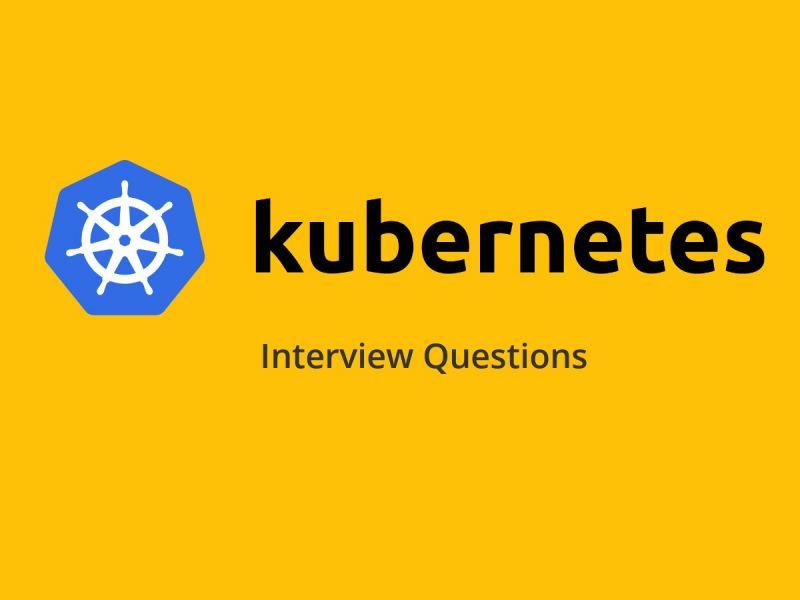What is Kubernetes?
Kubernetes is a type of open-source platform that automates all the Linux container programs. Famous companies like Huwaei, Pokemon, box, eBay, The New York Times, Yahoo Japan, and ING uses the Kubernetes. Nowadays Kubernetes had become one of the most common computer programs. Google engineers are the ones who first designed these types of computer programs.
Kubernetes also helps to eliminate all the manual process works that are especially involved with deploying and scaling the container applications. So there are a few Kubernetes Interview Questions Advanced that will help you a lot.
Kubernetes is a type of container Orchestration tool. It has the ability to simplify the management of the containers to make them more efficient to work.

